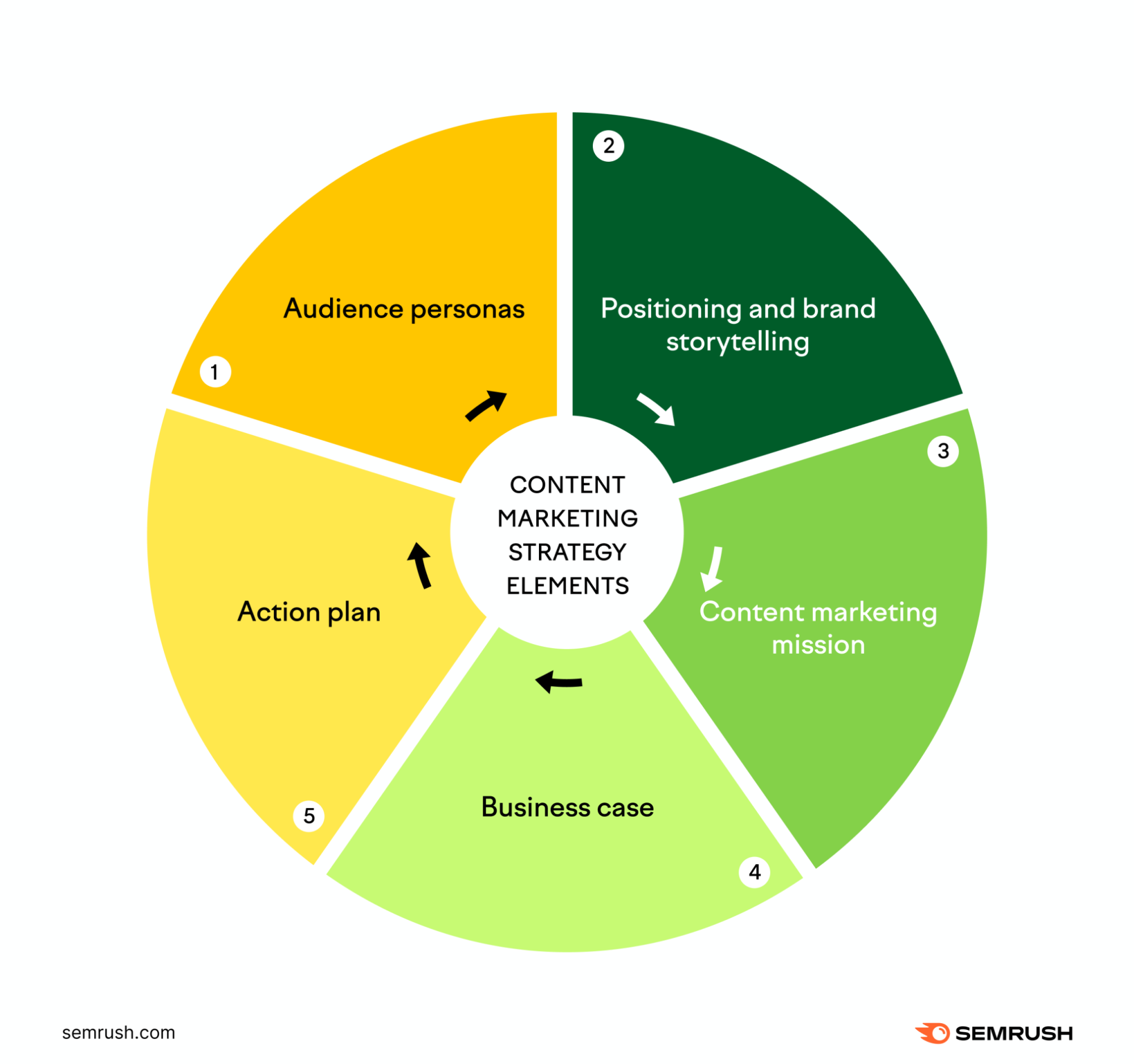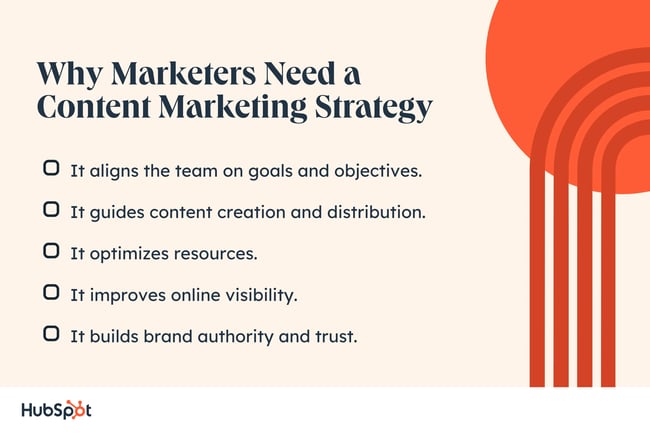Key Factors to Consider When Choosing a Content Strategy Agency
Key Factors to Consider When Choosing a Content Strategy Agency
Blog Article
Determining the Success of Your Web Content Strategy: Essential Metrics to Track
In the realm of digital advertising, the efficiency of a material method is commonly assessed with different metrics that show both reach and effect. While traffic metrics provide a foundational understanding of target market involvement, it is the combination of interaction and conversion metrics that really reveals the deepness of material resonance and its financial effects. Understanding which metrics are vital and how to analyze them can dramatically improve your calculated approach. Nonetheless, the challenge lies in recognizing which certain metrics to prioritize and exactly how they can educate your following action in optimization.
Web Traffic Metrics
In the world of content method, understanding website traffic metrics is important for evaluating the efficiency of electronic efforts. These metrics provide insights right into user actions, helping companies determine the reach and influence of their material. Trick web traffic metrics consist of web page views, special visitors, and session duration, each offering distinctive point of views on target market involvement.
Web page views show the overall number of times a website has been checked out, while unique visitors measure the number of unique individuals accessing the web content, hence removing replicate matters. Tracking these 2 metrics with each other allows for an extensive understanding of web content intake patterns. In addition, session duration reveals the length of time customers are communicating with the web content, providing insights into its relevance and engagement degree.
This information is important for refining marketing methods and enhancing content distribution networks. By focusing on website traffic metrics, organizations can gauge the exposure of their content, determine trends, and make notified decisions to boost general web content method effectiveness.
Involvement Metrics
While traffic metrics give important understandings into customer reach and habits, engagement metrics use a deeper understanding of exactly how audiences connect with material once they show up. These metrics are vital for analyzing the quality of individual communications and the overall effectiveness of a web content technique.
Secret interaction metrics consist of time on page, scroll depth, and social shares. Time on page indicates the length of time users spend consuming material, which can reveal its relevance and allure. Scroll deepness gauges how far down the page customers scroll, giving insights into content structure and readability. Social shares suggest the level of resonance with the audience, highlighting web content that prompts individuals to show their networks.
In addition, comments and user-generated content can act as signs of audience interest and involvement. High engagement levels commonly correlate with boosted brand commitment and advocacy, as customers that communicate with web content are extra most likely to bear in mind and back the brand name.
Conversion Metrics
Exactly how effectively does your web content drive desired activities from your target market? Conversion metrics are crucial for examining the efficiency of your content technique in persuading users to take details actions, such as enrolling in an e-newsletter, buying, or downloading a source. By tracking these metrics, you can identify the roi (ROI) of your material efforts and identify locations for enhancement.
Secret conversion metrics include conversion price, which determines the percentage of visitors that complete a wanted action, and the average order worth, which indicates the typical quantity spent by consumers. Furthermore, tracking lead generation metrics, such as the number of leads obtained through material, can provide insight right into the efficiency of your web content in nurturing prospects down the sales funnel.
An additional crucial metric is customer purchase price (CAC), which examines the complete cost associated with acquiring a brand-new customer with your web content efforts. Content Strategy Agency. By assessing these metrics, you can make data-driven decisions to maximize your content method, refine your messaging, and improve calls-to-action, inevitably resulting in raised conversions and business growth
Search Engine Optimization Efficiency

First, natural web traffic functions as website here a primary sign of search engine optimization success, reflecting the variety of visitors reaching your website through internet search engine results. Assessing organic website traffic trends with time can expose the performance of your optimization efforts.
Second, keyword positions are essential as they suggest just how well your content does for targeted search terms (Content Strategy Agency). Checking fluctuations in positions can aid you refine your key phrase approach and prioritize content enhancements
Third, click-through price (CTR) is essential, as it measures the portion of customers that click your web link after seeing it in search results page. A high CTR suggests that your titles and meta summaries are engaging and pertinent to individual inquiries.
Social Network Influence
What role does social media play in improving web content approach metrics? Social media site functions as an effective amplifier for content distribution, significantly impacting engagement, reach, and brand name awareness. By tracking social media her comment is here metrics such as shares, suches as, comments, and overall engagement rates, organizations can evaluate the efficiency of their content approach and determine what reverberates with their target market.
Moreover, social media platforms supply beneficial group insights, enabling firms to customize web content to specific audience sectors. Monitoring recommendation web traffic from social networks to the internet site likewise assists in recognizing the conversion capacity of social media sites campaigns. The relationship between social networks interactions and internet site performance can expose the efficiency of material in driving user actions.

Conclusion
To conclude, gauging the success of a material strategy requires a detailed analysis of various metrics. Traffic metrics disclose the reach of web content, while interaction metrics give insights into audience communication. Conversion metrics assess the economic implications of content efforts, and SEO efficiency shows presence in online search engine. Furthermore, assessing social media influence highlights the effectiveness of web content circulation. Jointly, these metrics promote informed decision-making and look at these guys optimization of web content approaches to accomplish preferred results.
While website traffic metrics offer a foundational understanding of audience engagement, it is the mix of involvement and conversion metrics that truly reveals the deepness of content resonance and its economic effects. By concentrating on traffic metrics, companies can assess the visibility of their content, identify trends, and make informed choices to boost general content method effectiveness. By tracking social media metrics such as shares, suches as, remarks, and overall engagement prices, organizations can assess the effectiveness of their material technique and identify what reverberates with their target market.
In summary, leveraging social media influence metrics not just improves the understanding of content performance however also educates future web content development, ensuring positioning with audience preferences and taking full advantage of overall method performance.

Report this page